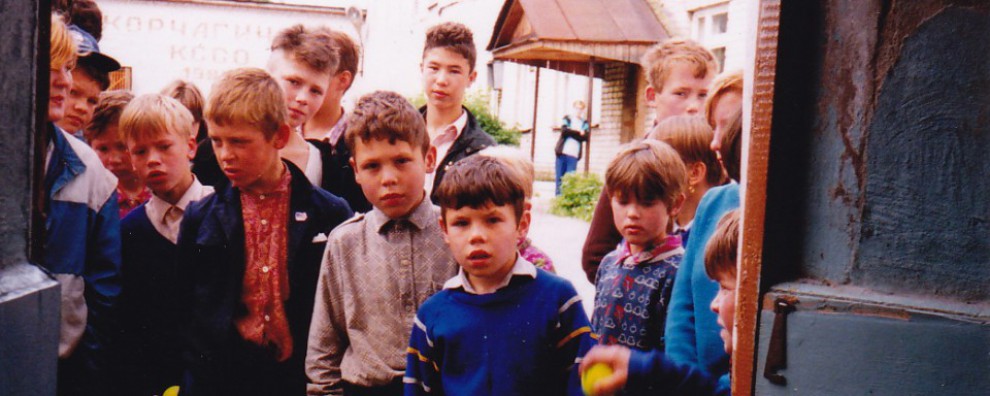“Men and women, young and old, regardless of creeds, political parties, or nationalities, all the Vietnamese must stand up to fight the French colonialists and save the fatherland. Those
Ho Chi Minh, Proclamation, 19 Dec. 1946 (translation by Peter Wiles)
Excerpted from: Schapiro, Fred, ed. The Yale Book of Quotations. New Haven: Yale University Press, 2006.


You must be logged in to post a comment.